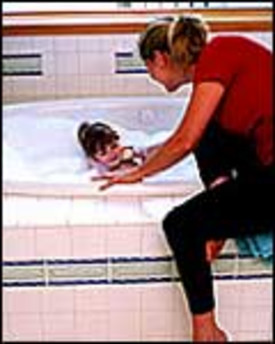 |
|
Caulking around plumbing can keep water from seeping behind walls and into floors in the bathroom and kitchen. Any point of entry for moisture should be sealed, such as around sinks and faucets, between the tub and wall, and the area where the toilet meets the floor.
As a rule of thumb, any areas requiring outside sealing should be caulked inside as well for energy efficiency. This includes woodwork around exterior doors and windows and receptacles such as dryer vents.
Here are some other tips:
– In bathrooms, for a smooth caulk line, mask the area with tape or use a caulk smoother (a small plastic tool).
– Have you noticed cracks in caulk between tub and wall? Try this. Fill the tub where you would normally for a bath. Stand in the tub in your bare feet while you caulk and leave the water in while the caulk cures. If you only take showers, then simply stand in the tub while you caulk. It’s the changes in weight that cause those cracks.
– For very small gaps such as around sink faucets, use the caulk in squeeze tubes rather than cartridges.
– When caulking, use a fluid, continuous motion to maintain a smooth line that won’t glob up. Don’t squeeze too hard, use steady pressure.
Credit: Renovate Your World




























